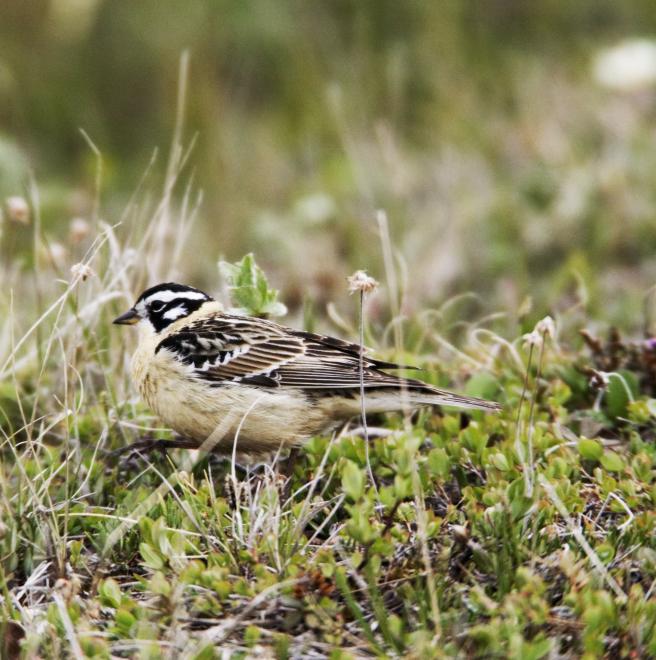

Highly sought by birders, this species may found in new areas in winter if the predictions of Audubon’s climate model predictions hold true, as only 13 percent of the current winter range is forecast to remain stable by 2080. Smith’s Longspur depends on short, grassy areas and fallow fields for winter habitat, and milder winters could open up nearly two and a quarter times the current area in the future. Of much greater concern, however, the model shows ideal climate space during summer disappearing completely. Smith’s Longspur is a tree line breeding specialist, so if it is to survive it will have to be able to follow the tree line north (and up in elevation).
Explore more birds threatened by climate change around the country.





















It's easier than you think to make a difference. Become an Audubon member today to help birds facing climate change.